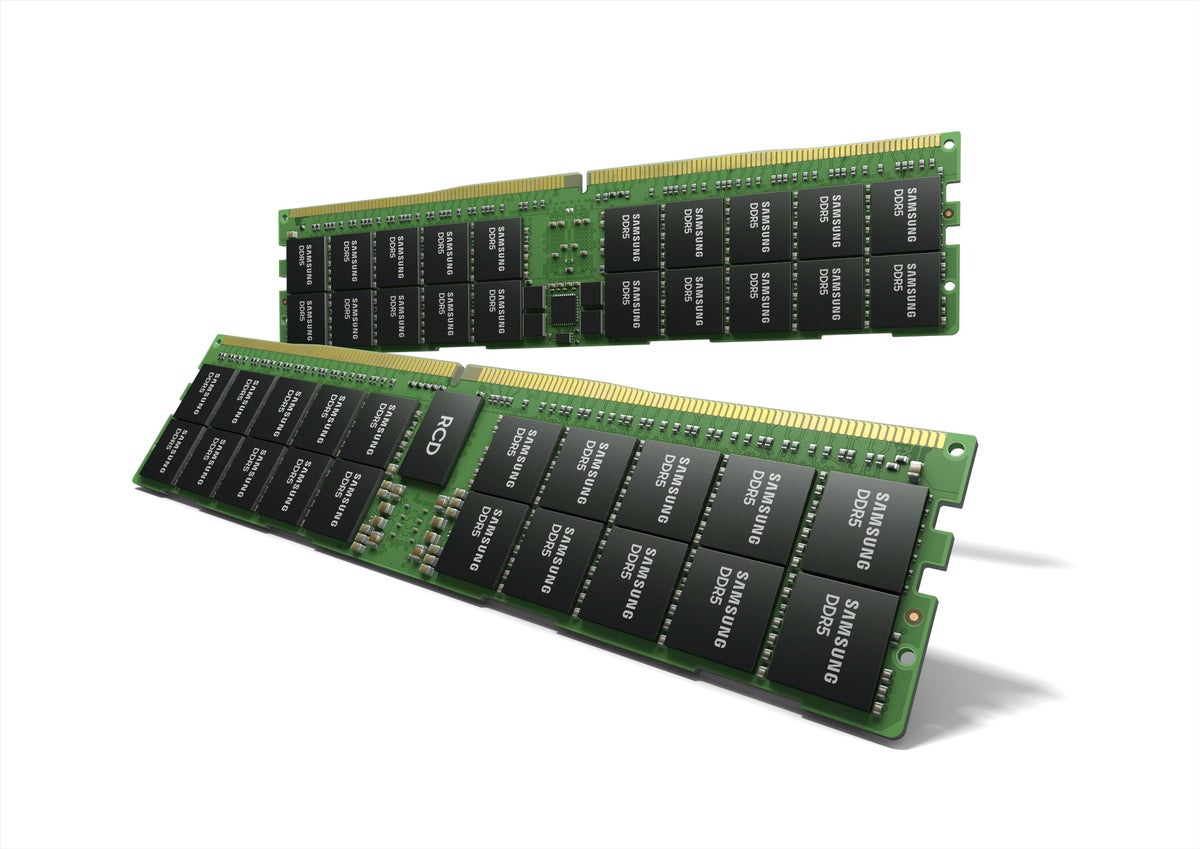- The best anti-Prime Day deals 2025 from Best Buy, Walmart, & more: Top sales from Amazon's competition
- I've tested dozens of wearables and the Apple Watch 10 is one of my favorites - here's why
- Paddle Pays $5m to Settle Tech Support Scam Allegations
- Sony is giving away free 65-inch 4K TVs right now - here's how to qualify for the deal
- Continuous Threat Exposure Management (CTEM): The Future of Vulnerability Assessment
Report: Price of flash memory to drop faster, further in Q4

Back in August, TrendForce Research predicted that due to an oversupply in NAND flash memory, the price of SSDs could drop by 5% to 10% in the third quarter.
Since then, the economy has only worsened and the oversupply has continued, and while TrendForce hasn’t reported the Q3 actuals, it’s now predicting 15% to 20% drop in NAND flash prices in the fourth quarter on top of the Q3 drop..
TrendForce says buyers of NAND flash memory—vendors that make SSDs but don’t manufacture their own memory—have reduced their NAND inventory and cut back on new purchases in the second half of the year. Meanwhile makers of memory drastically reduced prices to boost sales. Now TrendForce predicts that before the end of the year, suppliers will be selling memory at a loss and reduce production.
No sooner had TrendForce issued the report than memory makers reported a decline in sales. Micron announced its Fiscal Q4 revenues were 19.7% below the same quarter last year and said it would reduce building out manufacturing capacity until demand comes back. A few days later, Kioxia, the Japanese memory manufacturing firm spun out from Toshiba, announced a 30% cut in wafer production, also citing market conditions.
TrendForce reported that it expects server shipments to fall in the fourth quarter of this year, driving down demand for SSDs. A precipitous drop in PC sales this year further cuts into that demand, accelerating price competition and supporting the TrendForce prediction of a 15% to 20% SSD price drop in Q4.
Due to data-center buildout over the past two years to handle the surge in people working remotely due to COVID, demand for SSDs outstripped supply, which lead to shortages, said Jim Handy, president of Objective Analysis. “Nobody saw that coming,” he said. “It appears that this build-out is easing, and that the overheated market is ready to return to more typical demand patterns.”
He doesn’t expect buyers to purchase more SSDs than they have demand for just to take advantage of the low prices; better technology could come along before they have the chance to use the overstock. “You don’t buy more than you currently need when there’s a big sale, because it won’t stay desirable for all that long,” Handy said.
Copyright © 2022 IDG Communications, Inc.

